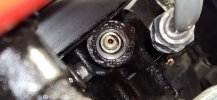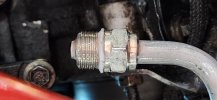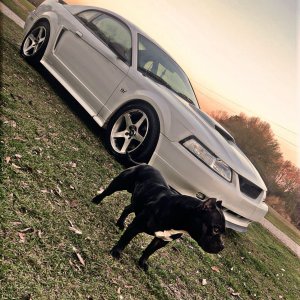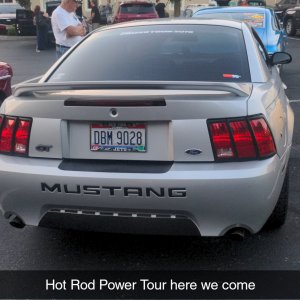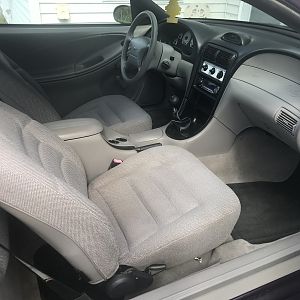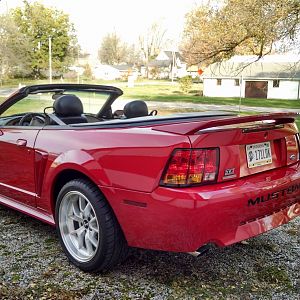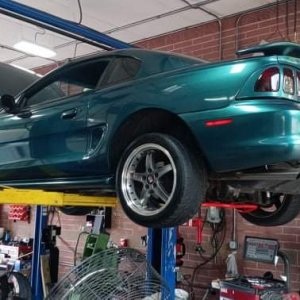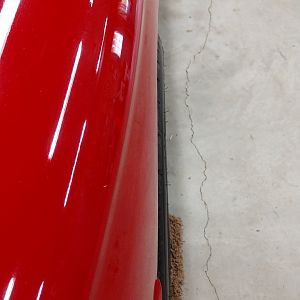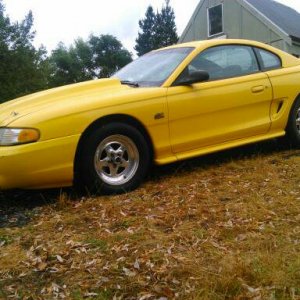cloudrelic
New Member
- Joined
- Jul 11, 2023
- Messages
- 3
- Reaction score
- 0
I bought a GT with no power steering and no power brakes. Thanks to the misguided suggestion of the seller, I have replaced the whole Hydroboost system before finding out it was just the power steering pump. I believe it broke because of a leak that had started where the hose connects to the pump (which seems to be a common problem) but after replacing both the pump and the hose with brand new parts from AutoZone, I'm still seeing leaks where the brand new parts connect to each other (circled in blue below).
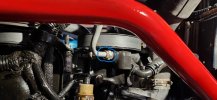
There is a brand-new seal on the hose, but after tightening it down all the way, it's still leaking at a steady rate. After closer inspection by me and my dad, we noticed that the pump itself has an beveled connection point, while the hose has a flat connection point. Could that be the issue? This is the second hose and second pump I've ordered from AutoZone and they've all had their respective different connection points so I'm really lost as to where to go now.
It's entirely possible that during the installation of the new hydroboost system it was done incorrectly, so if anyone could identify if these hoses are connected correctly, I would appreciate it (power steering hose circled in red below)
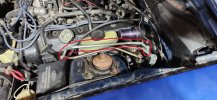

There is a brand-new seal on the hose, but after tightening it down all the way, it's still leaking at a steady rate. After closer inspection by me and my dad, we noticed that the pump itself has an beveled connection point, while the hose has a flat connection point. Could that be the issue? This is the second hose and second pump I've ordered from AutoZone and they've all had their respective different connection points so I'm really lost as to where to go now.
It's entirely possible that during the installation of the new hydroboost system it was done incorrectly, so if anyone could identify if these hoses are connected correctly, I would appreciate it (power steering hose circled in red below)


